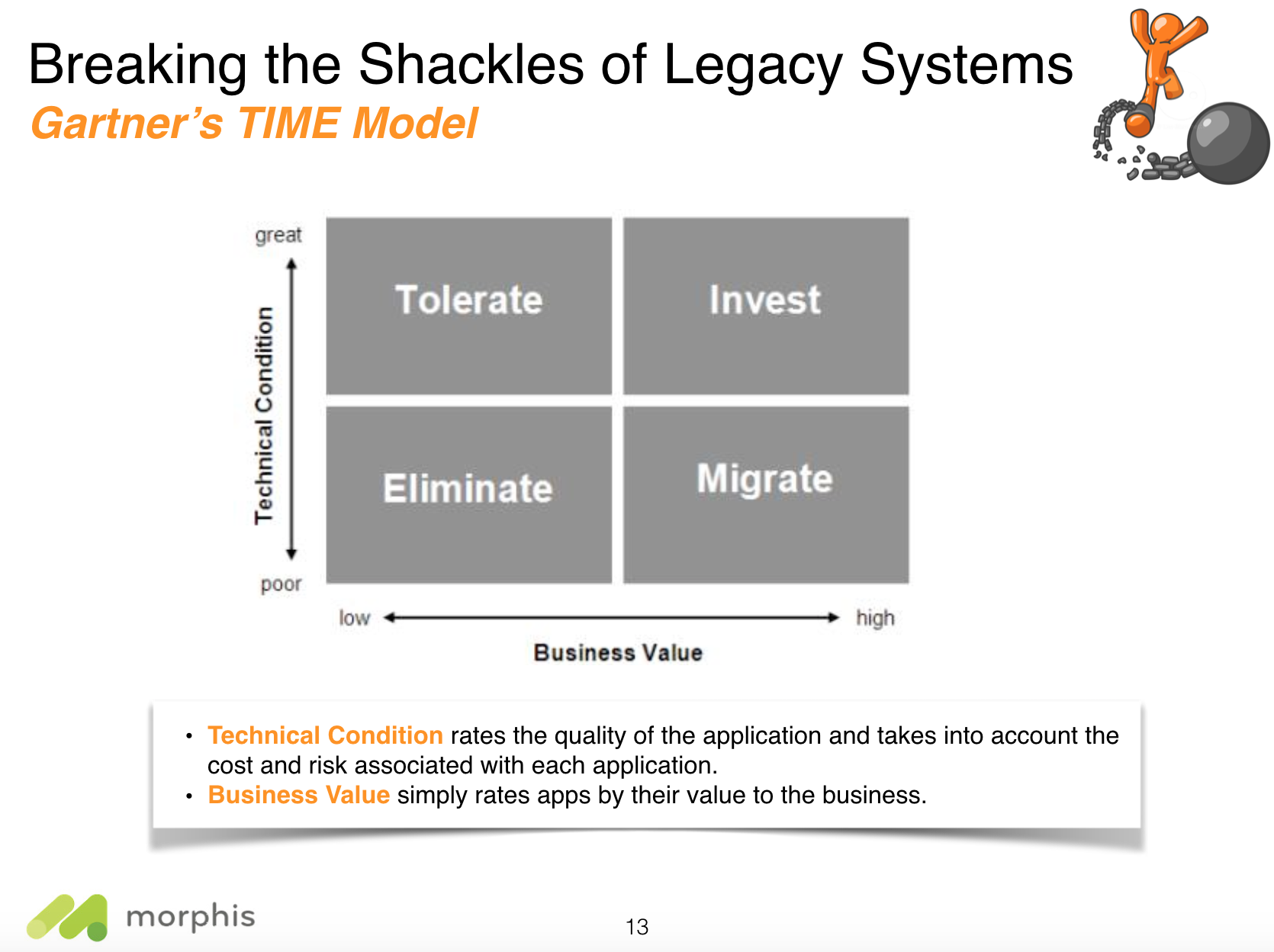There have been some high profile (and costly) failures recently with companies who tried to take one or more legacy systems and “modernize” them using a “Package” approach – i.e. they replaced the functionality of those legacy systems by purchasing a COTS (commercial-off-the-shelf) solution.
First up this year was the report that the Defense Department has spent tens of billions on COTS ERP systems that were not fit for purpose (did not provide all of the required functionality). Consequently the original legacy systems have not all been decommissioned and users are seeing an increase in workload through having to use both new and old systems. And, yes, that’s Billions not Millions.
Then I read that rail freight provider Aurizon has just canceled a $91M initiative to replace 18 legacy systems with SAP’s HANA and supply chain execution platform. Aurizon’s CEO said that “the project was not delivering value for the business and was at a high risk of overspend and delays.”
The reasons these specific projects failed will be myriad and complex. However, with a methodology-based approach to determining which legacy systems would benefit from modernization and then the best modernization approach, we might be able to get some clues as to why the Package/COTS approach was not suitable here.
This methodology is what we outlined in our white paper Breaking the Shackles of Legacy Systems which you can sign up for at the end of this post.
It starts with categorizing applications using Gartner’s Pace layers to assign an applications value to the business. The Pace methodology seeks to categorize by:
Systems of Record – an application that performs a function where there is no value to the business in doing things differently to the competition (HR may be an example).
Systems of Differentiation – an application that supports the differentiation of the business in its market.
Systems of Innovation – applications that are addressing new ideas for the business and are under evaluation.
Immediately, it can be inferred that Systems of Record, if custom built, are likely to be candidates for COTS replacement whereas Systems of Differentiation are much less likely given the differentiation they provide the business and the frequency of change they are sure to support.
Given that Aurizon are in the rail freight business and were looking to “improve visibility across the supply chain by integrating long and short-term planning with resource availability and customer demand,” this suggests that the Pace Layers approach would categorize those legacy applications as Systems of Differentiation rather than Systems of Record. Thus, a COTS replacement was unlikely to be the best solution.
The modernization methodology outlined in the white paper then moves on to Gartner’s TIME model to determine how to deal with each application.

For those applications that sit in the bottom right corner (high technical debt and high business value) then the best modernization approach for each depends on the businesses appetite for cost/risk/time-to-market, the actual competitive advantage the application provides, and the main causes of technical debt (UI/UX, functionality, security etc.). These are all outlined/compared in detail in the white paper.
What possibly caused an issue with the Defense Department example earlier was the lack of a detailed specification. Without one, how can the functionality of the legacy systems be mapped against that of the replacement COTS? This is also a major issue with the rewrite option for legacy modernization.
To learn more about the methodology, you can download the white paper below.



2 Comments on “When and Why Legacy Modernization Using COTS Solutions Fail”
Pingback: Has Time Ran Out On Gartner | Morphis Insights
Pingback: The Silver Tsunami - Managing Cobol Modernization | Morphis Insights